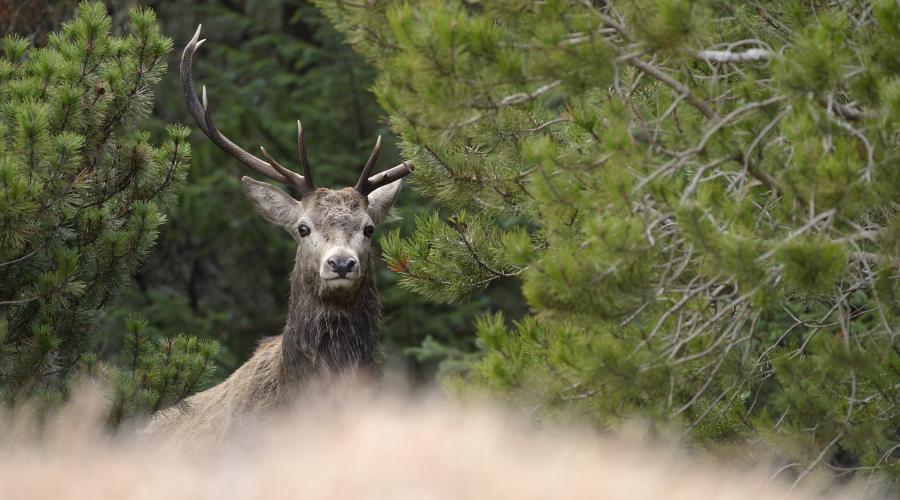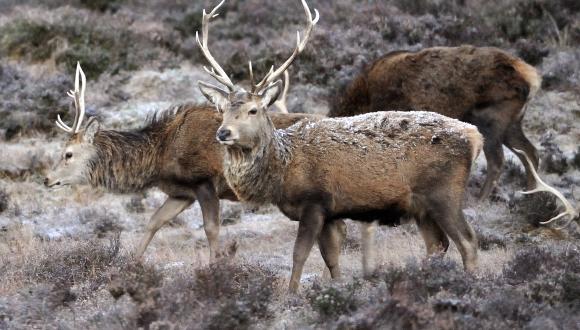
Why manage deer?
Scotland’s deer are owned by nobody but managed by numerous organisations and individuals to meet a variety of different aims.
Deer are a natural asset and integral to our countryside, and their presence can affect the plants, trees and other wildlife around them. Deer management is part of the wider management of Scotland’s countryside, land and natural assets.
Landowners in Scotland have a general duty of care for the natural resources on their land, must comply with relevant legislation and should follow the Deer Code. But exactly how individuals and organisations manage Scotland’s deer depends on what they wish to achieve with their land.
NatureScot must ensure that the various deer management methods used in Scotland both:
- meet these requirements
- don’t unnecessarily compromise the welfare of deer
Managing deer as a hunting asset
For landowners, deer may represent a hunting asset, as visitors may pay to hunt and shoot deer. One of the main aims of deer management in this case is to ensure that there are enough deer to meet sporting needs. Deer must also be healthy: visitors want to hunt animals of good quality.
Managing deer impacts on agriculture
Farmers and crofters may see deer as a potential problem rather than as an asset. Their aim is to protect agricultural land used to grow crops or raise livestock. The general authorisation for deer allows occupiers suffering damage to improved agricultural land or enclosed woodland to control deer in the closed season.
Deer are also managed to take account of other interests such as forestry and conservation.
Learn more about deer impacts.
Managing deer in the public interest
Deer management currently delivers and could contribute further to a range of benefits for the people of Scotland. These benefits are also known as the ‘public interest’. NatureScot has identified 14 areas of public interest derived from the Deer Code.
Read about Deer Management Plans: Delivering the Public Interest
To protect public safety, we also work to reduce the risk of deer vehicle collisions.




